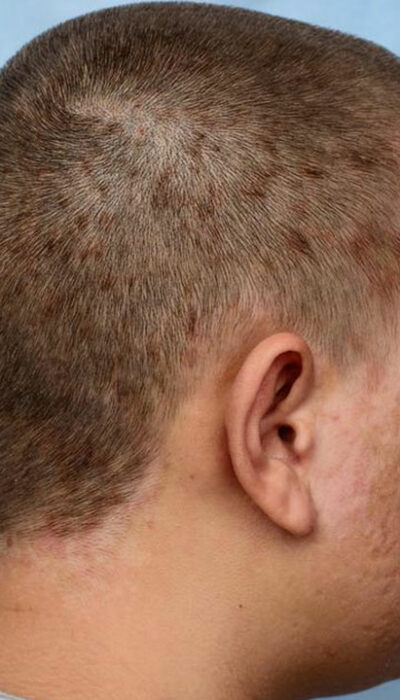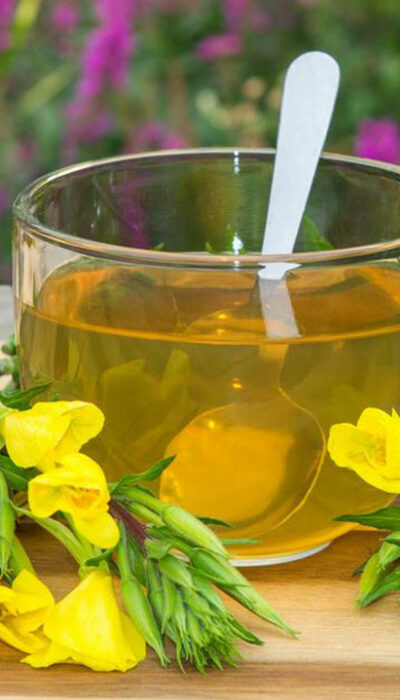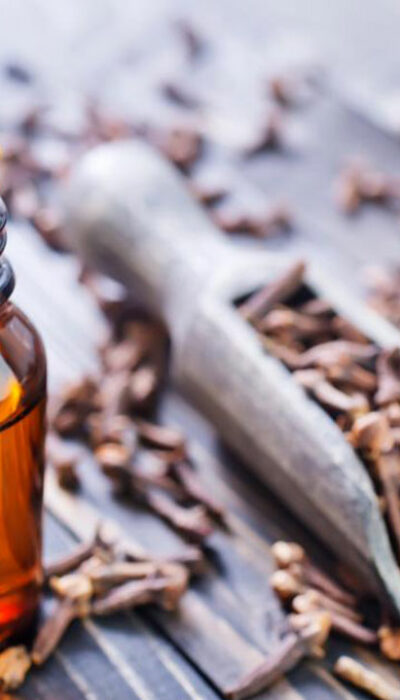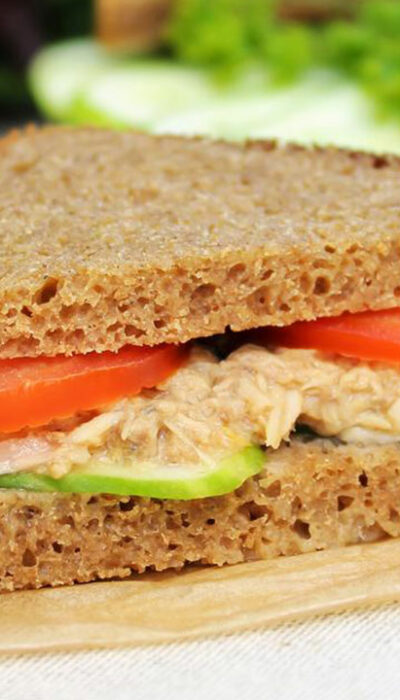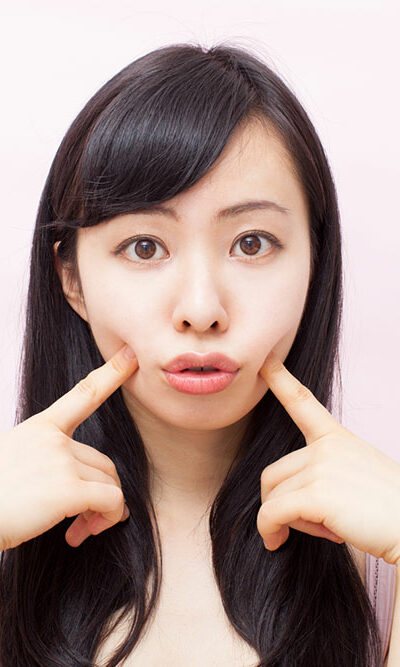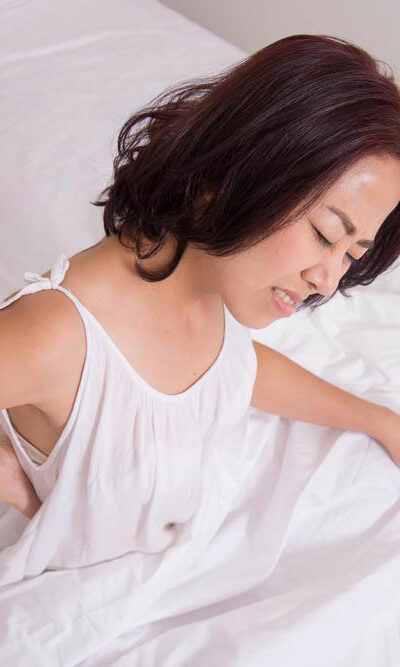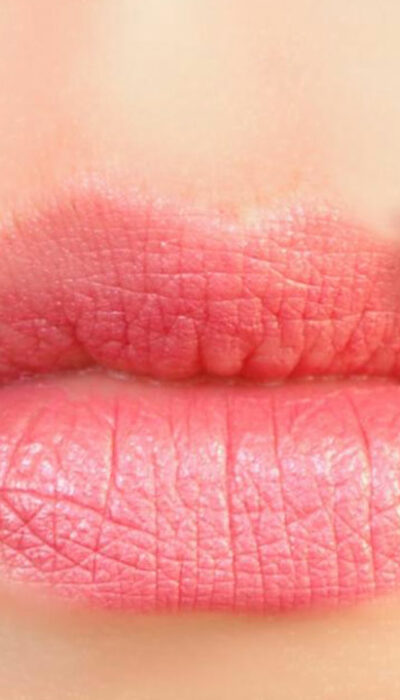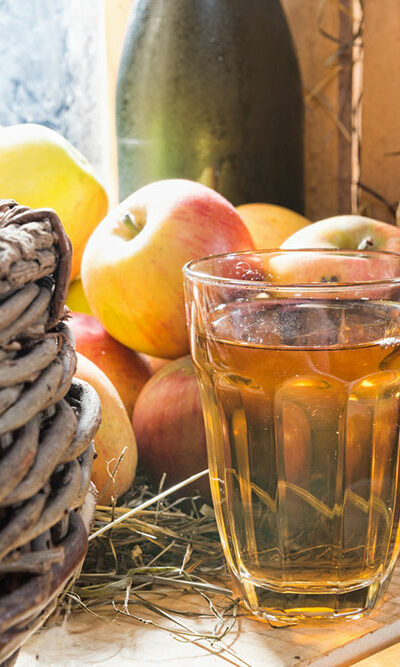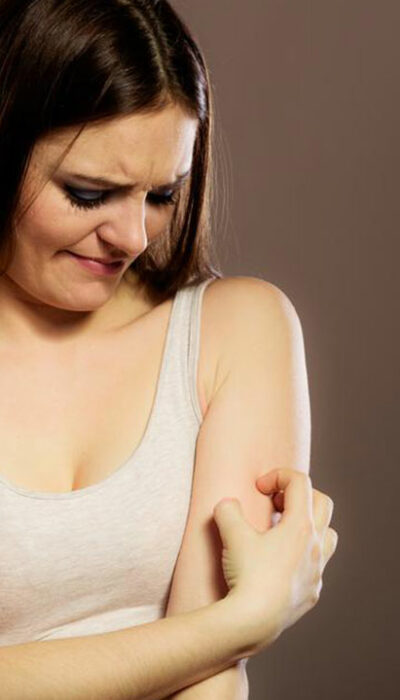
Symptoms and Effective Treatment Options for Shingles
Several people are looking for the most effective types of shingles pain treatments available. Shingles can be described as a viral infection that causes a painful skin rash. The virus known as Varicella Zoster is one that causes this skin condition. Chickenpox is caused by the same Varicella Zoster virus. If you ever had chickenpox, this virus remains dormant in the nerve tissues located near your brain or spinal cord, and after many years, it reactivates to cause shingles. They are usually found in a strip, band, or a small area on the face or other body parts. Older adults are more vulnerable to shingles; moreover, if you have a weak immune system due to injury, medicines, or stress, you have higher chances of getting affected by this skin disease. Shingles are not basically infectious Shingles are not a serious problem but the pain can be really severe. You do not need to worry getting this disease from someone else because it is not an infectious disease. Still, there is a small possibility of a virus getting spread from a person suffering from shingles rash to another person who has never got affected with chickenpox or who has not taken the chickenpox vaccine. The symptoms of shingles Only a smart part or one side of your body becomes vulnerable to shingles. You experience pain and burning sensation and a tingling sensation or numbness can also be felt. Another common symptom is the sensitivity to touch and after having started the pain, a red rash starts to appear after some days. Sometimes, fluid-filled blisters are formed and they often break and crust over. Itching is another tendency that many people feel. It has been reported that some other people experience fatigue, light sensitivity, headache, and fever. Of course, pain the first sign and it can become really intense.
